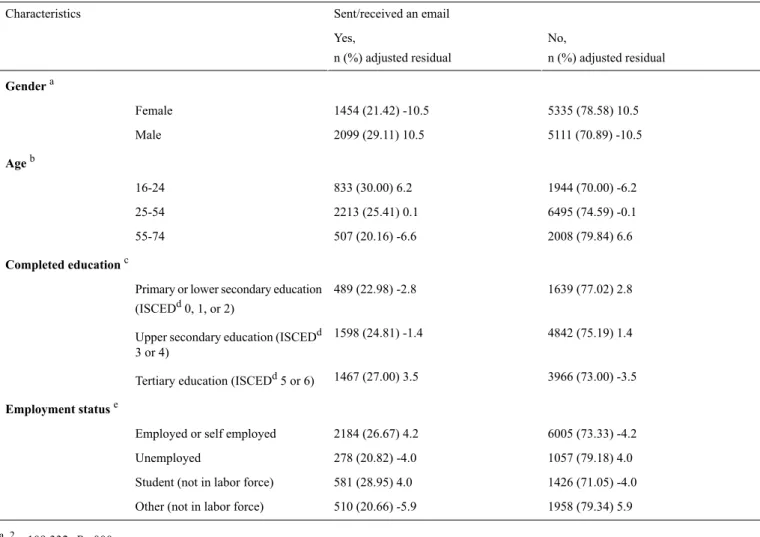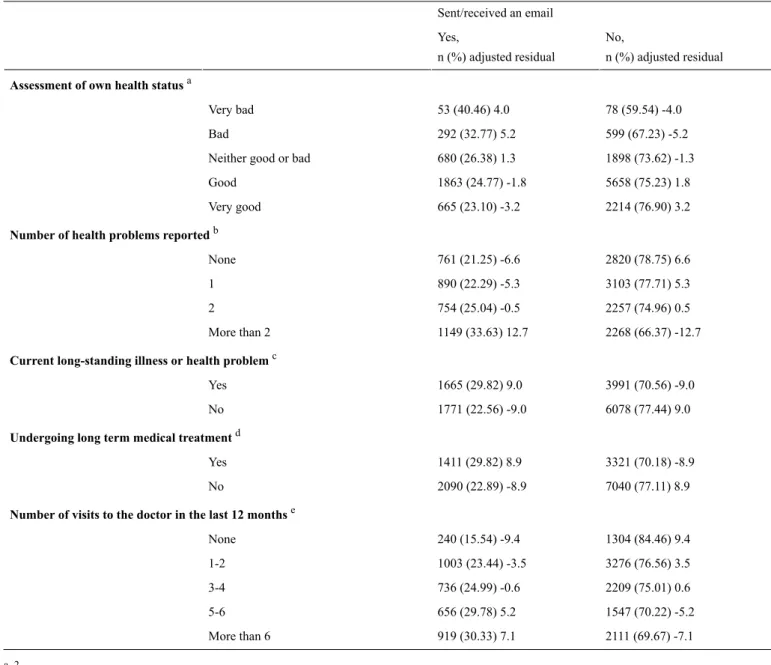Patient use of email for health care communication purposes across 14 European countries: An analysis of users according to demographic and health related factors
Texto completo
Figure

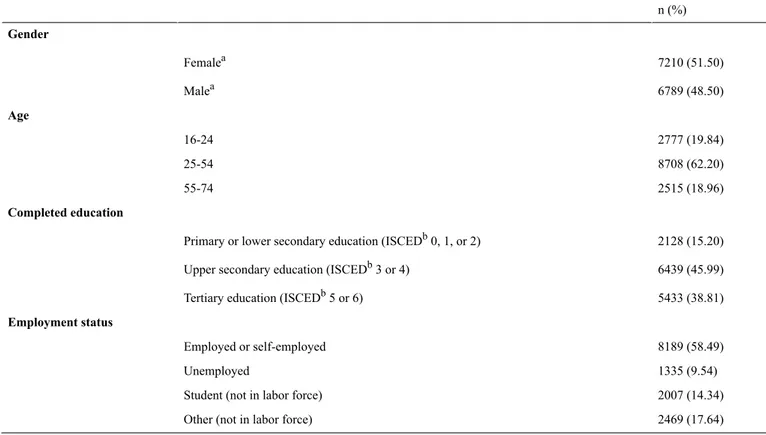
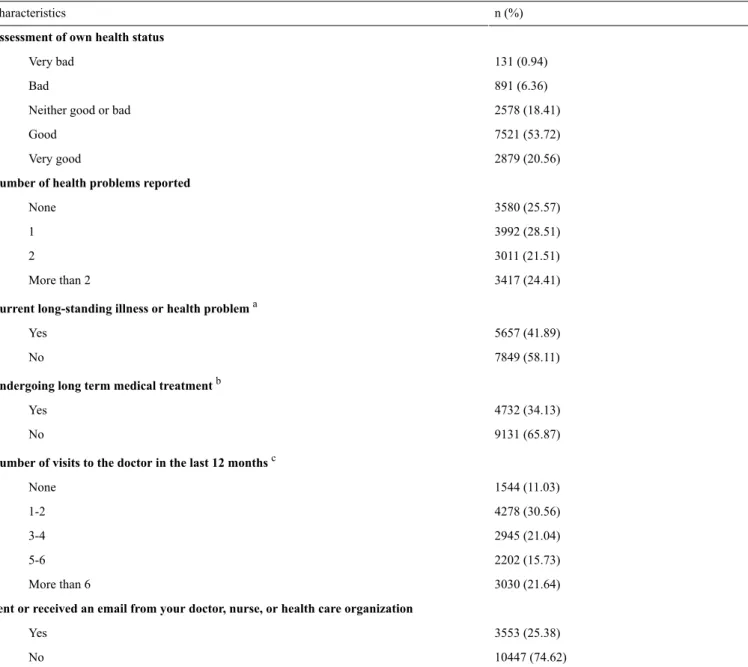
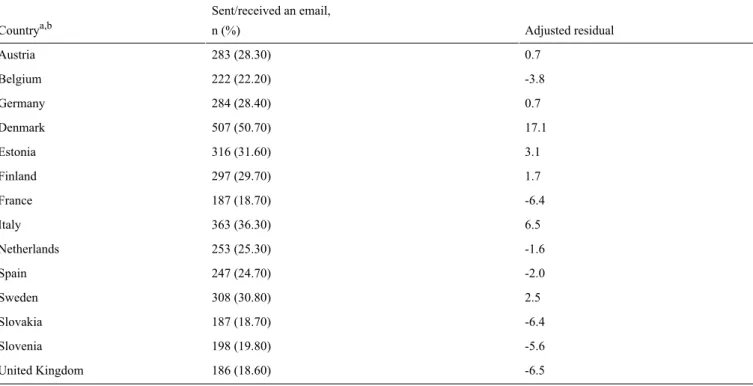
Documento similar
The first chapter is a general introduction describing the relationship between oral health, oral health related quality of life, and cognitive impairment, as
• Webinar 1 was held on 24 September 2020 and focused on promoting and protecting the mental well-being of the health and care workforce – from self-care to dedicated support.. •
community health and care workers to put the ICOPE recommendations into practice t offers care pathways to manage priority health conditions associated with declines in
No obstante, como esta enfermedad afecta a cada persona de manera diferente, no todas las opciones de cuidado y tratamiento pueden ser apropiadas para cada individuo.. La forma
These include the World Health Report in 2001 [12]; the two Lancet series on global mental health in 2007 and 2011; the Movement for Global Mental Health [13]; WHO’s Mental Health
Complex wounds can be frustrating for both the health care providers and patients but the early identification of risk factors and suitable treatment plan can improve the chances
It is true that the health care encounter took place in a context of a systemic lack of time [33], which made difficult the providing of care, especially considering the
Parsi [39] compared an online care model for follow-up treatment of patients with psoriasis with a conventional in-office model and did not find significant differences in
